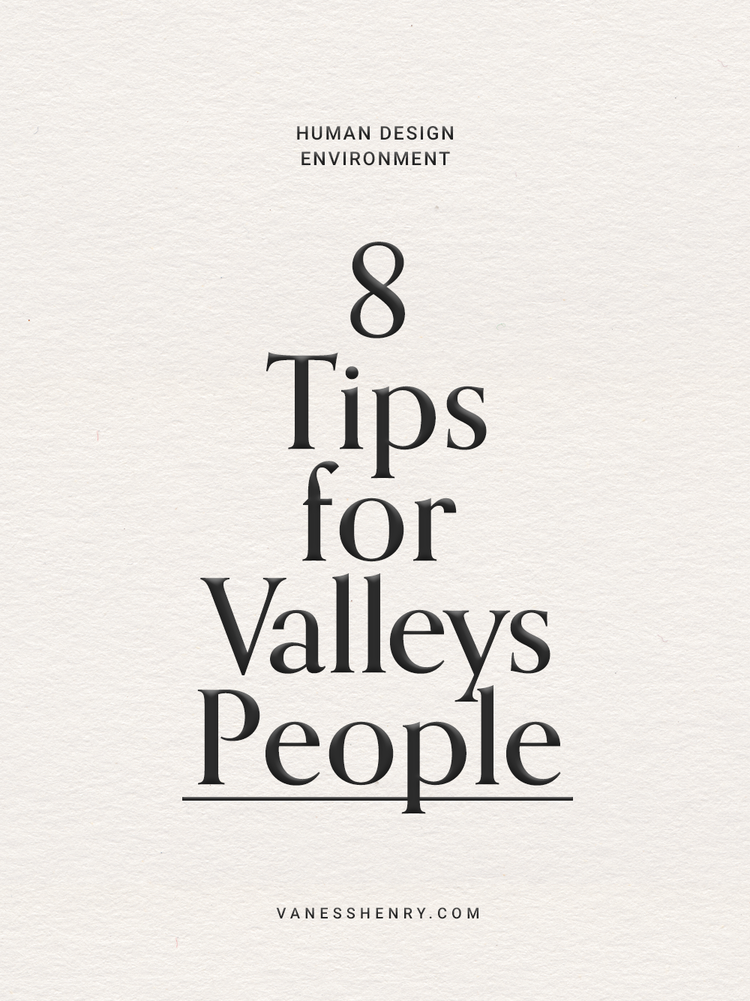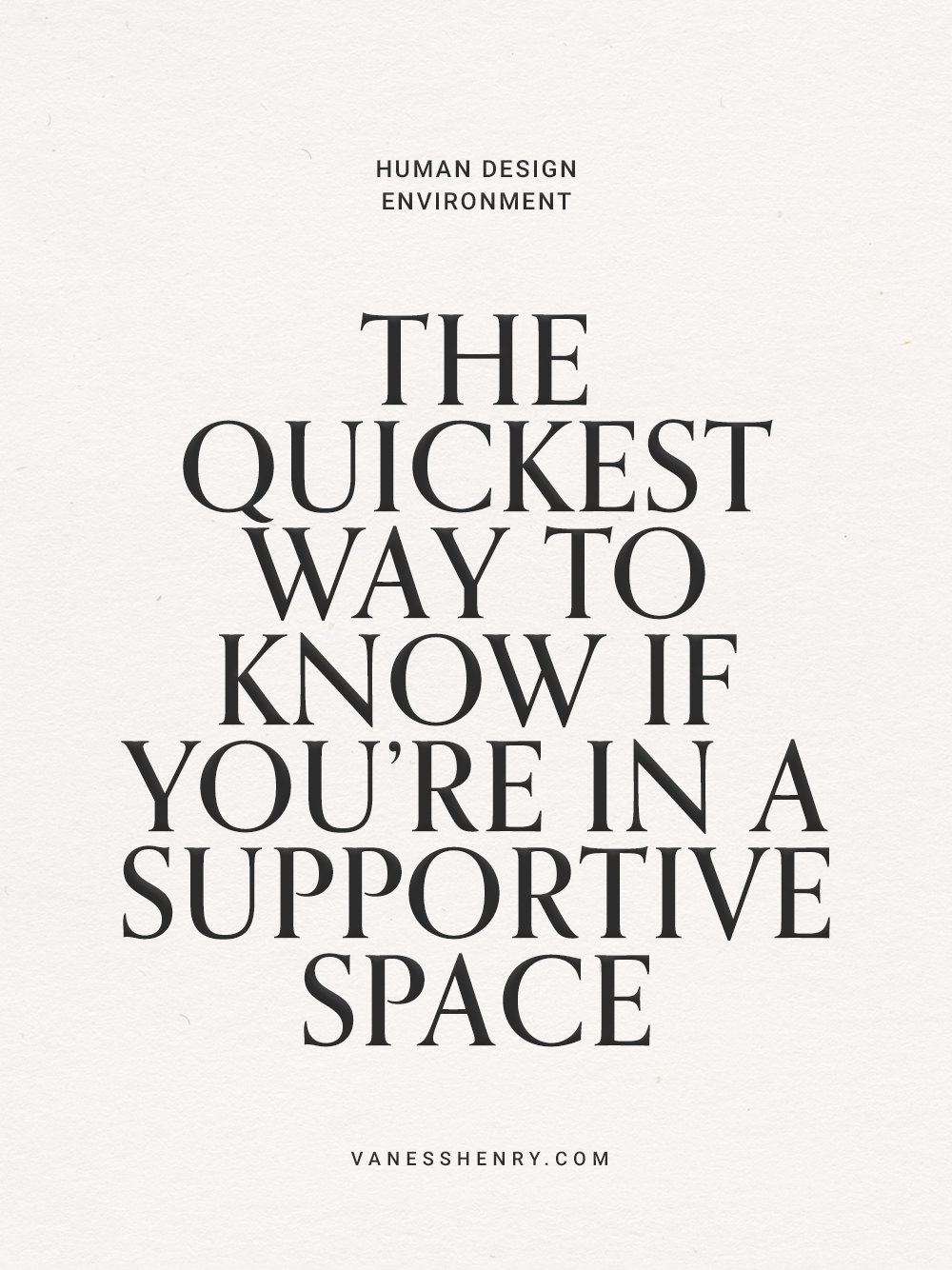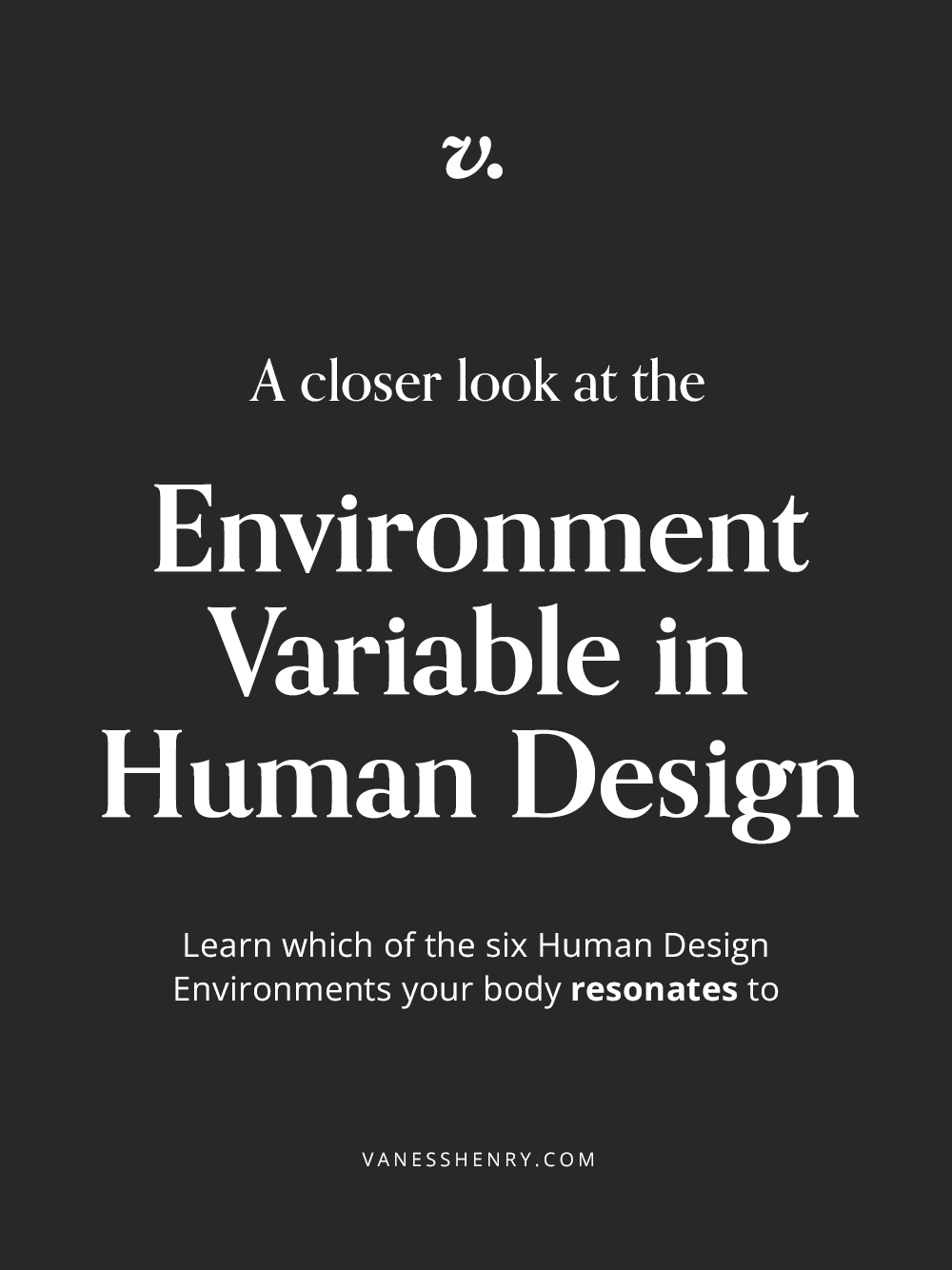How to create a Garden for your Valleys Environment
Each of the six classic Human Design environments can be found everywhere.
Caves, Markets and Kitchens People resonate with a hardscape; these are man-made areas that define a particular space.
For example, having a yard with a fence around the perimeter creates a defined hardscape — better for Caves, Markets and Kitchens.
Mountains, Valleys and Shores people resonate with a landscape; this is more formless and changeable than the hardscape as energy around a space can shift and change with time.
For example, let’s say there are a series of break-ins in your community, this would affect hardscape and landscape people differently. The landscape group is more sensitive to the changes in the wider community than hardscape people.
Of course, while these changes may still bother the hardscape people — no one likes a break-in! — it’s important to note it could affect the landscape group in a different way. Landscape and Hardscape environments are sensitive to different things.
In Landscape Feng Shui principles, looking for the four celestial creatures in the land masses around you depicts an auspicious environment. Learning to read the wider surroundings around your home using this form of Feng Shui might be a fun practice, particularly for Mountains, Valleys and Shores people — although everyone can benefit!
Check out this post to read about how finding the four Celestial Creatures around your home can bring auspiciousness.
Create pathways
How can you encourage walking pathways and regularly tending to your plants? Can you lay out your plants in rows? Can you plants creeping mosses in the ground like a fragrant walkway? Can you inlay stones and pavers to create streams of energy throughout your garden? Creating pathways encourages healthy flowing energy all around you, and encourages your body to move along those pathways in a deeply grounding act.
Ensure walkability
Ideally, you can be out in your garden barefoot, and there is nothing that will injure or harm your feet. The ground is soft and healthy. You may even have certain plant material growing in the ground that releases fragrances as you walk on them. Perhaps you have made stone, sand, mulch or gravel pathways. Whatever you have on the earth, make sure you could walk on it barefoot.
Intimately consider the layout
It’s important your garden space has good flow, creating pockets of swirling cosmic chi. You don’t want to have any dead ends, strange corners or turns, or sickly looking areas. When you’re laying out your plants or deciding where things will go, ensure you’re creating good flow and movement throughout the space, finding harmony and balance throughout the surroundings, rather than creating dead ends or weird layouts. Don’t be afraid to uproot things, or move larger pieces if necessary.
Attract birds and butterflies
It’s great to have something to watch and gather information on in the Valley. Consider planting items that use colour or fragrance to attract all kinds of creatures and critters to your garden. Bonus points if they become regulars, like friendly deer, a returning woodpecker, a family of caterpillars and butterflies, or a birds nest! If you ever find yourself giving a returning creature a name, you’ll know you’re in the Valley. ;)
Create a gardening ritual
Maybe you make a morning tea and water your plants. Perhaps it’s a bedtime walkabout and chitchat with the new blooms every weekend. Whatever you find yourself doing outdoors, consider how you can bring more intention and awareness throughout this practice. Whatever you’re going through, give it to the garden.
Talk to your plants
Give those babies a name, touch their leaves, chit-chat with them on the regular, and pay attention to how they grow and respond to your energy. There are many studies about plant health changing depending on the words people say to the plants, such as encouraging loving words, and other not-so-friendly words. How can you bring this information to your experiments in Human Design as a Valleys person? Talk to your plants, or vent to them, or talk certain ways to certain plants — see what you notice! Keep checking in.





















